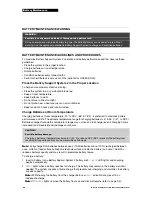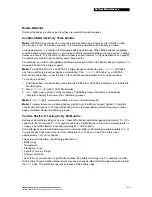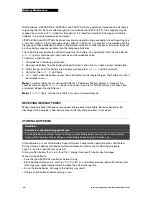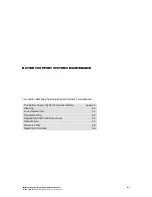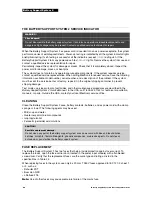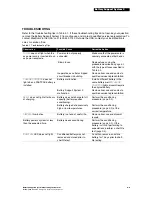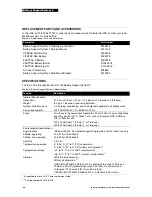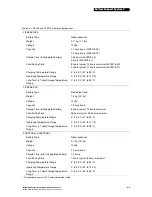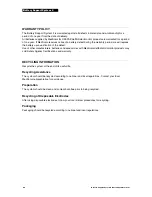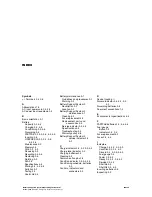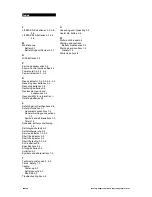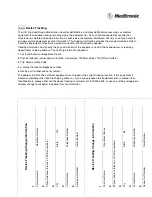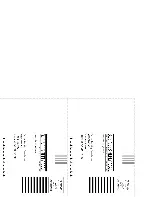
Battery Maintenance
Battery Support System 2 Operating Instructions
3-3
©1999–2004 Medtronic Emergency Response Systems, Inc.
Rotate Batteries
Rotate all batteries in active use so that they are used with equal frequency.
Condition Batteries Every Three Months
Note:
LIFEPAK SLA batteries do not require periodic conditioning. However, the Condition mode
may be used to test SLA battery capacity, or to determine whether an SLA battery is usable.
Voltage depression is a condition that reduces battery performance. When NiCd batteries repeatedly
receive a shallow discharge (that is, not allowed to drain completely between charging cycles), voltage
depression occurs. This condition is often mistakenly called “memory.” Voltage depression can usually
be reversed by conditioning the battery every three months.
Conditioning is a series of charge/deep discharge cycles performed in the Battery Support System 2 to
measure and optimize battery capacity.
Note:
If a LIFEPAK NiCd or a FASTPAK 2 battery requires conditioning, the
CONDITION
LED lights
and the conditioning procedure begins automatically. If the
CONDITION
LED lights for a LIFEPAK
SLA battery, the battery is near the end of its useful life and replacement will soon be required.
To condition a battery:
1 Insert the battery into any battery well. Allow the LIFEPAK or FASTPAK 2 batteries to complete the
condition cycle.
2 Press
CONDITION
for other FASTPAK batteries.
3
READY
lights when a battery is fully recharged. The Battery Support System 2 automatically
recharges a battery that passes the conditioning process.
Note:
If
DISCARD
lights, remove the battery from use and discard/recycle.
Note:
If a power failure occurs during battery conditioning, the Battery Support System 2 interrupts
conditioning and reverts to Charge mode once power is restored. Battery conditioning may not have
been completed. Repeat conditioning process.
Perform Shelf-Life Testing Every Six Months
Batteries self-discharge when not in use. A new NiCd battery self-discharges approximately 10% of its
capacity in the first day and 1% of its capacity every day thereafter when stored at room temperature. In
10 days, a new NiCd battery loses approximately 20% of its capacity.
SLA batteries have a low self-discharge rate. A new SLA battery self-discharges approximately 0.1% of
its capacity each day when stored at room temperature. In 10 days, a new SLA battery loses
approximately 1.0% of its capacity.
The actual rate of battery self-discharge depends on:
• Battery age
• Temperature
• Frequency of use
• Length of time in storage
• Physical condition
These factors can combine to significantly increase the battery discharge rate. For example, an older
NiCd battery stored at higher temperatures may have an accelerated self-discharge rate much greater
than 1% a day. The self-discharge rate increases as the battery ages.
Summary of Contents for Battery Support System 2
Page 1: ...Operating Instructions BATTERY SUPPORT SYSTEM 2 ...
Page 2: ......
Page 3: ...BATTERY SUPPORT SYSTEM 2 OPERATING INSTRUCTIONS ...
Page 8: ......
Page 18: ......
Page 24: ......
Page 34: ......
Page 35: ......














